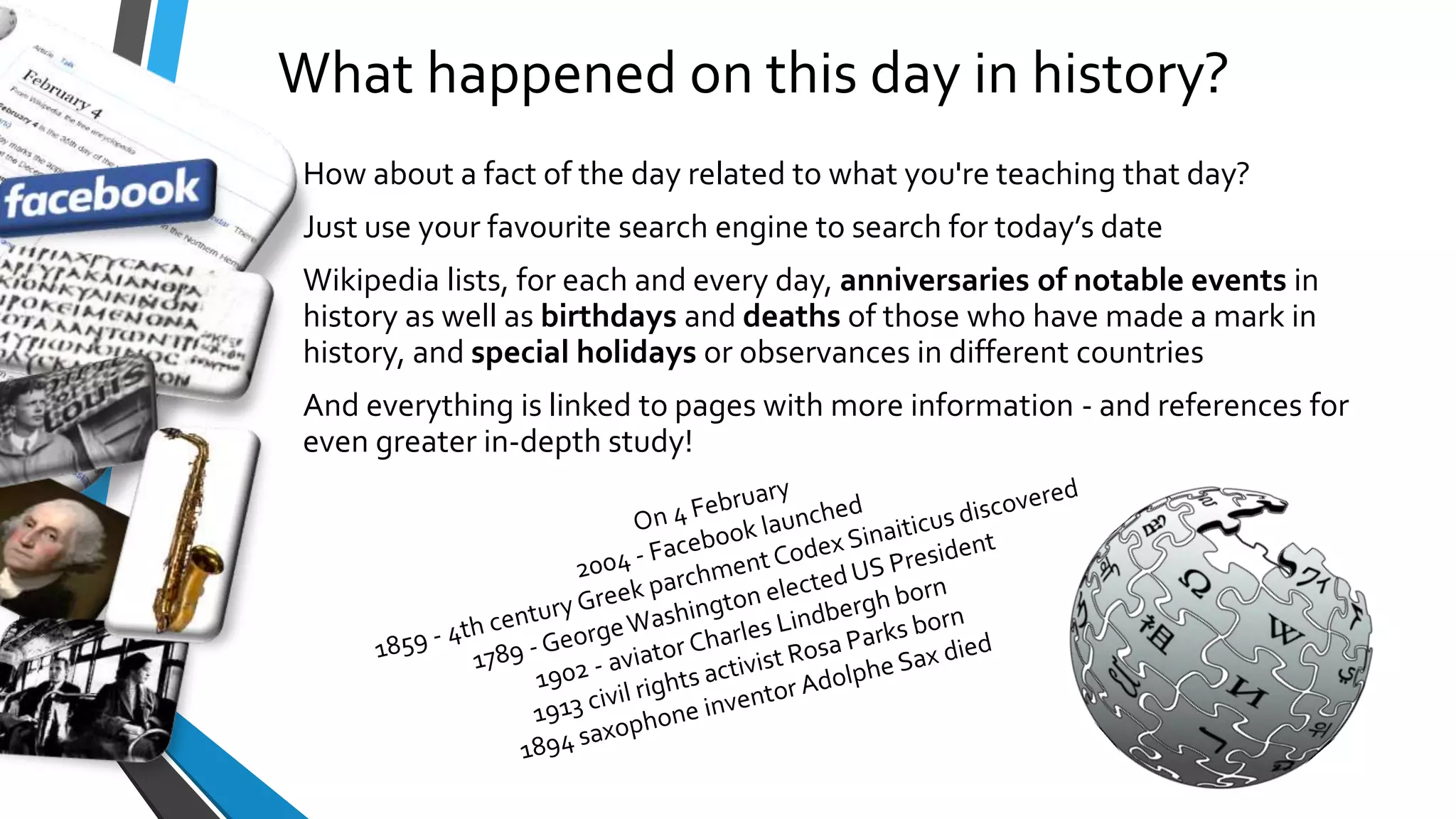So here's the deal, if you're into unsolved mysteries, paranormal phenomena, or just plain weird stuff, you've probably stumbled across the story of the 1988 classroom disappearance on Wikipedia. This is one of those tales that will have your mind racing, your spine tingling, and your fingers itching to dig deeper. But wait, is it real? Or is it just another internet hoax designed to freak us out? Let's break it down, shall we?
Now, the keyword here is 1988 classroom disappeared Wikipedia, and it’s not just a random string of words. It's a phenomenon that has captured the imagination of conspiracy theorists, paranormal enthusiasts, and curious minds alike. The story revolves around a supposed incident where an entire classroom of students vanished without a trace in 1988. Sounds wild, right? But before we dive into the details, let's set the stage and explore why this mystery continues to intrigue so many people.
Here's the kicker: when you search for "1988 classroom disappeared Wikipedia," you'll find conflicting information. Some sources claim it's a legitimate historical event, while others argue it's nothing more than an urban legend. But what if the truth lies somewhere in between? That's exactly what we're about to uncover. So grab your favorite snack, sit back, and let's unravel this mystery together.
- Meet Chuck Schumers Wife The Woman Behind The Senator
- Unveiling The Charismatic Outlander Character Jamie A Deep Dive Into His World
What Is the 1988 Classroom Disappearance All About?
Alright, let's get into the nitty-gritty. The story of the 1988 classroom disappearance revolves around an alleged event where an entire class of students vanished during a regular school day. According to the legend, the students were last seen entering their classroom in the morning, but by lunchtime, neither the students nor the teacher could be found. No bodies, no evidence, nada. Just an empty classroom with chairs still arranged neatly and books left open on desks.
Now, here's the thing: the Wikipedia page dedicated to this event has sparked a lot of debate. Some argue it's a real event, while others believe it's a cleverly crafted hoax. But what makes this story so captivating? It's the lack of concrete evidence, combined with the eerie details that paint a picture of something truly bizarre happening.
Breaking Down the Timeline
Let's break it down step by step:
- Nardwuar Age The Untold Story Behind The Legendary Interviewers Life
- Renee Zellweger A Journey Through Stardom And Timeless Talent
- **Morning Roll Call:** The students were present and accounted for during the morning roll call.
- **Mid-Morning Lessons:** Classes proceeded as usual, with no signs of trouble or unusual behavior.
- **Lunchtime:** When the bell rang for lunch, the classroom was empty. No students, no teacher, nothing.
- **Investigation:** Authorities launched a massive search operation, but no leads were ever found.
It's like they simply vanished into thin air. Creepy, right?
Is the 1988 Classroom Disappearance Real?
This is the million-dollar question. Is the 1988 classroom disappearance a real event, or is it just a cleverly crafted myth designed to scare the pants off us? Well, the jury's still out on this one. There's no solid evidence to prove it's real, but there's also no definitive proof that it's fake. So, what gives?
One theory suggests that the story might have originated from a misinterpretation of historical events. For instance, there have been cases throughout history where groups of people have disappeared under mysterious circumstances. The most famous example is the disappearance of the Roanoke Colony in the late 1500s. Could the 1988 classroom disappearance be a modern-day version of that?
Examining the Evidence
Let's take a closer look at the evidence—or lack thereof:
- **Official Records:** There are no official records or documents that confirm the event took place.
- **Eyewitness Accounts:** No credible eyewitness accounts have surfaced to corroborate the story.
- **Media Coverage:** At the time, there was no media coverage of the incident, which is odd considering how sensational it would have been.
So, while the story is intriguing, the lack of concrete evidence raises some serious red flags.
Why Does the 1988 Classroom Disappearance Fascinate Us?
Let's be honest, we love a good mystery. The idea of an entire classroom disappearing without a trace taps into our deepest fears and fascinations. It's the unknown that draws us in. We want answers, but the lack of them is what makes the story so compelling.
Think about it: what if there's more to this world than we understand? What if there are forces at play that we can't explain? These are the questions that keep us up at night, and they're the same questions that fuel our interest in stories like the 1988 classroom disappearance.
The Psychological Appeal
From a psychological perspective, stories like this resonate with us because they touch on universal fears. The fear of losing someone we love, the fear of the unknown, and the fear of being powerless in the face of something greater than ourselves. It's these fears that make us want to believe, even when the evidence is shaky.
Could the 1988 Classroom Disappearance Be a Hoax?
Now, let's play devil's advocate for a moment. What if the entire story is just a hoax? It's not uncommon for people to create fictional stories and pass them off as real. In fact, the internet is full of such tales. But what makes this one stand out?
One theory suggests that the story might have been created as part of an internet challenge or a social experiment. The goal? To see how far a fictional story could spread before people started questioning its authenticity. And boy, did it work. The story quickly gained traction, with people sharing it far and wide without stopping to verify the facts.
Hoaxes and Urban Legends
Hoaxes and urban legends have been around for centuries, and they often serve as a reflection of the fears and anxieties of the time. In the case of the 1988 classroom disappearance, it could be seen as a modern-day version of the classic "vanishing hitchhiker" story. Both stories play on our fear of the unknown and our desire to find answers.
The Role of Wikipedia in Spreading the Story
Now, let's talk about Wikipedia. Love it or hate it, Wikipedia is one of the most widely used sources of information on the internet. But here's the thing: just because something is on Wikipedia doesn't mean it's true. Anyone can edit a Wikipedia page, which means misinformation can easily spread if not properly vetted.
In the case of the 1988 classroom disappearance, the Wikipedia page has been both a blessing and a curse. On one hand, it has brought the story to a wider audience, sparking interest and discussion. On the other hand, it has also contributed to the spread of misinformation, as people assume that anything on Wikipedia must be true.
Verifying Information on Wikipedia
So, how do we verify information on Wikipedia? Here are a few tips:
- **Check the Sources:** Always look for credible sources cited in the article.
- **Cross-Reference:** Compare the information with other reputable sources.
- **Be Skeptical:** If something seems too good (or too weird) to be true, it probably is.
By following these steps, you can separate fact from fiction and avoid falling prey to misinformation.
What Can We Learn From This Story?
Whether the 1988 classroom disappearance is real or not, there's a lot we can learn from this story. For one, it highlights the importance of critical thinking and skepticism. In a world where information is readily available at our fingertips, it's more important than ever to verify the facts before accepting them as truth.
It also reminds us of the power of storytelling. Stories have the ability to captivate, inspire, and even terrify us. They can bring people together and spark important conversations. But they can also lead us astray if we're not careful.
Applying Critical Thinking
Here are a few key takeaways:
- **Question Everything:** Don't accept information at face value. Always ask questions and seek out multiple perspectives.
- **Verify Sources:** Make sure the information comes from reputable sources before sharing it with others.
- **Stay Open-Minded:** Be willing to change your opinion if new evidence comes to light.
By applying these principles, we can navigate the complex world of information with confidence.
Conclusion: The Mystery Lives On
So, there you have it—the story of the 1988 classroom disappearance. Whether it's real or not, it's a fascinating tale that continues to captivate and intrigue people around the world. It reminds us of the power of storytelling and the importance of critical thinking in a world filled with misinformation.
Now, it's your turn. What do you think? Is the 1988 classroom disappearance a real event, or is it just another internet hoax? Let us know in the comments below, and don't forget to share this article with your friends. Who knows, maybe together we can uncover the truth behind this mysterious phenomenon.
Table of Contents:
- What Is the 1988 Classroom Disappearance All About?
- Is the 1988 Classroom Disappearance Real?
- Why Does the 1988 Classroom Disappearance Fascinate Us?
- Could the 1988 Classroom Disappearance Be a Hoax?
- The Role of Wikipedia in Spreading the Story
- What Can We Learn From This Story?



Detail Author:
- Name : Fabian Abernathy
- Username : herman17
- Email : lazaro30@senger.com
- Birthdate : 1996-11-30
- Address : 817 Wuckert Branch Port Beryl, OK 70048-9280
- Phone : 479-540-8254
- Company : Nolan, Weimann and Douglas
- Job : Rock Splitter
- Bio : Suscipit consectetur sapiente optio corporis sunt quasi et. Molestiae autem quia maiores. Natus ullam eum et eum qui consequuntur.
Socials
twitter:
- url : https://twitter.com/schmelerm
- username : schmelerm
- bio : Eos et voluptatem voluptas ullam amet. Consequuntur aliquam consequatur facilis. Qui dolores non quam.
- followers : 4303
- following : 1882
tiktok:
- url : https://tiktok.com/@morris_schmeler
- username : morris_schmeler
- bio : Necessitatibus sint est doloremque ad sed.
- followers : 4449
- following : 2840